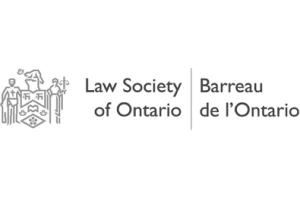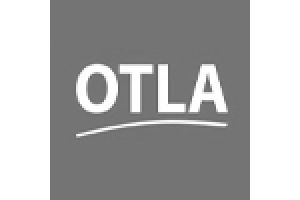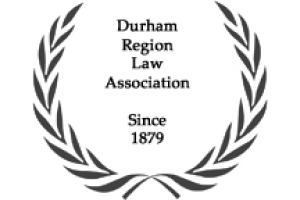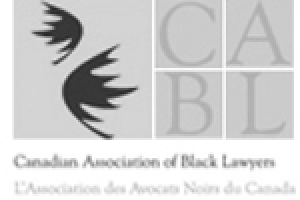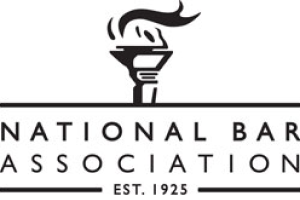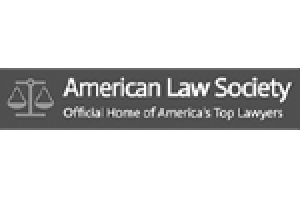Canadian Gypsum Company / United States Gypsum
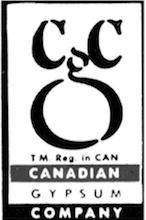
The Canadian Gypsum Company was incorporated in the 1920s when the United States Gypsum Corporation wanted to expand into the Canadian market. The Canadian Gypsum Company registered this ™ in January of 1952. The registered head office was located at 170 Bloor Street West, Toronto, Ontario.
The parent corporation is United States Gypsum. It is easy to mix up the two. These ™ logos were used starting in 1945 on products sold by these companies.
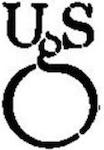
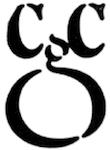
The name Sheetrock™ belongs to US Gypsum and thereby Canadian Gypsum. It is now used generically, like Kleenex for tissue, but is in fact a specific material manufactured only by US Gypsum and Canadian Gypsum. The Canadian trademark for the name was registered in 1922.
Sheetrock™ is described as Gypsum panels, drywall and plaster board. Sheetrock itself did not usually contain asbestos. Sheetrock textures, joint compounds and plasters more often that not, before 1980, did. The taping and sanding of sheetrock or other drywall products put drywall installers and painters at risk as tiny asbestos fragments became airborne and unavoidably inhaled.
Stucco is made by combining pulverised raw gypsum with aggregate before being applied over wood, metal or gypsum lath. Gypsum board, lath and sheeting are a combination of gypsum water, foam, pulp and starch between two layers of absorbent paper. The most commonly used US Gypsum product that contained asbestos was USG Joint Compound Durabond™ Joint Compound. These products were meant to be mixed and applied to wallboard joints or cracks and then sanded smooth. This put countless workers at risk of breathing in the dust in both commercial and residential construction. US Gypsum Joint Compounds contained asbestos until 1976.
Gypsum is also used as a filler in paint and textures. United States Gypsum had numerous products, including Red Top Firecode ™ plaster, that added asbestos to the gypsum mix as a way to make the product lightweight and fire retardant. Most CGC/USG products that were considered to be acoustical or fire rated contained significant asbestos therefore mixing and installing those products posed a risk not only to the installer, but to his fellow workers and his family. No warnings were on the packaging and many cases of second hand exposure have been caused by workers taking home drop sheets and dusty clothing for washing.
Canadian Gypsum had Gypsum mines located in Hagersville, Ontario, and Windsor and Little Narrows, Nova Scotia. They have all been shuttered or closed as synthetic gypsum is less expensive to produce, although with recent information about the dangers associated with synthetic gypsum, these mines may reopen.
Like so many other mega-corporations manufacturing construction materials in the 1940s, US Gypsum also developed a line of insulation products. The goal of any corporation is to be able to maximise profits. By broadening the range of goods, until asbestos liability caught up with them, US Gypsum was an American success story.
US Gypsum, and its Canadian subsidiary, Canadian Gypsum, opted to deal with their asbestos liability by channeling claims to a trust. This means that neither company can be named as a defendant in any personal injury claim. With lengthy financial negotiations followed by court approval, the USG trust was opened in 2007.
If you were exposed to US Gypsum or Canadian Gypsum construction materials before the end of 1982 and have been diagnosed with an asbestos disease, contact us to put forward a claim for compensation to the USG Asbestos Trust.


